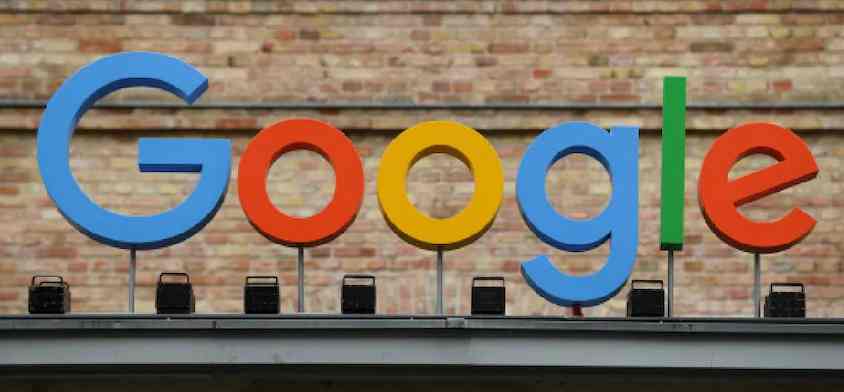According to Google’s most recent report, the company used 3.4 billion gallons of water in 2019.
Google, part of Alphabet, announced on Thursday that by 2030, it wants to restore 20% more water than it uses at its offices and data centres, addressing worries about water-guzzling tech facilities amid historic droughts.

In a blog post, Google Chief Sustainability Officer Kate Brandt stated, “We are committed to a water stewardship objective to restore more water than we consume by 2030 and promote water security in areas where we operate.” “This implies that, on average, Google will replace 120 percent of the water used in our offices and data centres.”
According to Google’s most recent report, the company used 3.4 billion gallons of water in 2019. According to Reuters, the firm has not yet begun tracking replacement rates. However, it emphasised that the 20% target represents what is required to bring places with severe or extremely high water shortage back to normal.
Water is used by Google to cool the stacks of computers that store and analyse search requests, YouTube videos, and other data in its data centres. Droughts are becoming more severe throughout the world as a result of climate change, according to researchers. The data centres of the Mountain View, California-based corporation may be found all over the world.
Google intends to meet this new goal by using less water at its offices and then assisting with water conservation in the surrounding areas, beginning with places where water is particularly limited.
Google’s latest initiatives include capturing runoff for toilet flushing and financing the eradication of water-hungry exotic plants. Google is even assisting with the installation of toilet leak detection devices in low-income homes in Southern California, in order to save waste and maintain water cycling through plumbing systems.
Google stated that it will continue to assist merchants in reducing use.
Microsoft declared a year ago that it would be water positive by 2030, and Facebook said last month that it would be water positive by 2030, but neither company specified a replenishment target.
Google said in September 2020 that by 2030, it aimed to run its offices and data centres entirely on carbon-free electricity.